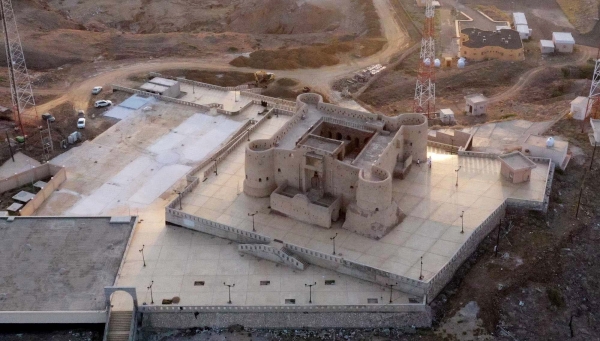
Dosariyah Region is one of the archaeological sites located south of the Arabian Gulf in al-Jubail Governorate in the Eastern Province, Kingdom of Saudi Arabia. Remains of igneous stones, pottery, bones, and shells found there prove the existence of ancient hamlets. It is currently covered with sand dunes and contains traces of civilizations that lived more than seven thousand years ago.
Geographical location of Dosariyah Region
Dosariyah Region is located forty-five km north of al-Qatif Governorate, one km from the Arabian Gulf coast, and nineteen km southeast of al-Jubail Governorate.
Archaeological significance of Dosariyah Region
The animal bones discovered during excavations confirm that the people in Dosariyah raised domesticated sheep, goats, and cattle, and they hunted gazelles and other wild animals. The large quantities of fish bones in Dosariyah Region indicate that the area was inhabited by herders and fishermen who relied on fish and marine mammals, including dugongs, small whales, and shellfish, for their diet. The findings include piles of pearl oysters found in the deep soil layers of the site.
Excavation in Dosariyah Region
Excavation missions in Dosariyah Region have uncovered artifacts made of flint and stone tools such as broken arrowheads, and pottery pieces brought from southern Mesopotamia. Thousands of intricately decorated plates, cups, and bowls were found, along with a large number of open vessels at the site, which confirms the wealth and prosperity of the inhabitants of Dosariyah Region at that time.
Discovery of Dosariyah Region
The discovery of Dosariyah Region is attributed to an American researcher who was able to collect pottery shards from the surface of the site in 1968. The identity of the pottery shard was determined to belong to the Ubaid period, which led to the classification of the site among Ubaid period sites. This period dates back to the Neolithic pottery era and continues until the Chalcolithic era. The site was subsequently visited in 1968.
In 1972, the site was among those surveyed on the surface. The excavation work carried out at the site was limited to a few surveys, and four trenches were dug on the Arabian slope of a shell mound located in the middle of the site, along with three trenches extending from east to west. The results revealed the presence of five archaeological layers.
Related quizzes
Related articles

